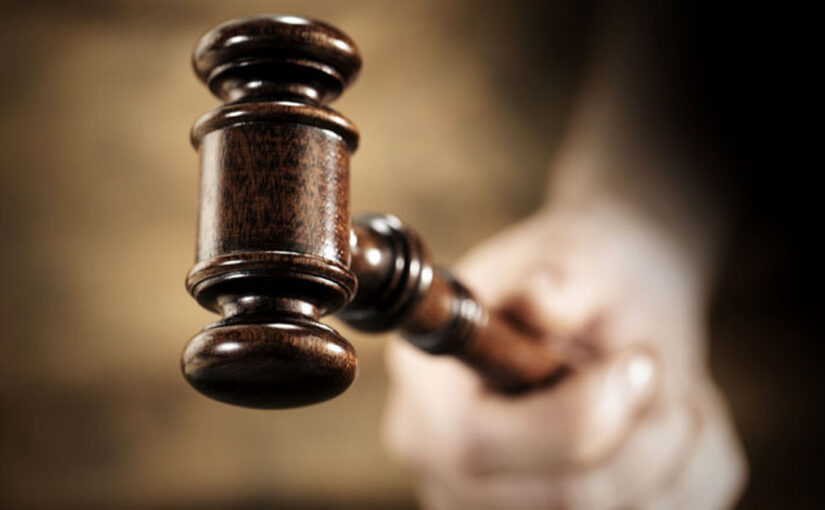Search this article on Google: How do courts assess the “probability of conviction” in quashing proceedings?
Legal Framework for Quashing Proceedings
The legal framework governing the quashing of proceedings is a cornerstone of procedural law within judicial systems. It delineates the conditions and authority under which a court can nullify legal processes that have been initiated. This mechanism is designed to prevent miscarriages of justice and to ensure the integrity of judicial proceedings. Specific parameters within this framework typically include:
- Statutory provisions that authorize a judge or a court to quash proceedings.
- Legal grounds upon which a case can be quashed, such as errors in the indictment, lack of jurisdiction, or violations of procedural rules.
- The stage at which quashing is permissible, often before a trial commences, but sometimes at later stages if new evidence emerges.
- Rights of the defense to petition for proceedings to be quashed and the process for submitting such petitions.
- The standard of review employed by the court when considering a motion to quash, often revolving around the sufficiency of evidence or the legality of investigative procedures.
- Appellate mechanisms for challenging the decision of a court to quash or to decline to quash proceedings.
Each jurisdiction may have nuanced differences in how these guidelines are enacted and interpreted, reflecting the unique legal traditions and precedents established within their legal system. These rules ensure that every individual facing legal action is subject to a process that respects the rule of law and due process rights, which are fundamental principles in democratic societies.
Factors Considered in Evaluating Probability of Conviction
- When assessing the probability of conviction in a case, courts take into account the credibility of witnesses. This includes their ability to remember facts accurately, their demeanor during examination, and any biases or motives that might impact their testimony.
- Physical evidence is thoroughly evaluated for its reliability and pertinence to the case. This might encompass forensic reports, material artifacts, or anything that could substantiate or refute allegations made during the trial.
- The existence and strength of circumstantial evidence play a significant role. Elements such as the presence of the accused at the crime scene, patterns of behavior, and financial transactions could imply guilt but require careful legal analysis.
- Technical considerations, like the correct handling and processing of evidence including chain of custody, can determine its admissibility and influence the likelihood of a conviction.
- The consistency and logical coherence of the prosecution’s case are scrutinized. Inconsistencies or contradictions in the narrative can be detrimental to the likelihood of securing a conviction.
- Judicial interpretations of legal statutes and precedent cases are also weighed. How higher courts have ruled on similar cases can guide lower courts in their determinations of potential outcomes.
- Defendant’s history, character, and prior conduct may influence the evaluation, although its weight varies by jurisdiction and the relevance to the current charges.
- Expert testimony, which can clarify complex issues for the jury and establish elements such as intent or causation, is also a critical factor in the evaluation process.
- The severity of the alleged crime is sometimes considered, as more serious charges often require a higher standard of proof for conviction.
- Motions and pleadings by defense that challenge the validity of the prosecution’s evidence or allege Constitutional violations can shift the probability of a conviction.
- Lastly, the overall public interest and the impact of a potential conviction on society at large are occasionally factored into the equation, reflecting the court’s role in balancing individual justice with societal norms and expectations.
Judicial Procedures for Assessing Case Merits
- The judicial process typically begins with a review of the initial complaint and the evidence presented by the prosecution to establish the validity of the charges. This initial examination determines whether the case should proceed to trial.
- Judges analyze the legal basis of the charges, examining whether the alleged facts, if proven, would constitute a breach of the law as defined by the relevant statutes.
- The pre-trial discovery phase enables both the prosecution and the defense to exchange evidence they plan to present in court. This process is monitored to ensure it adheres to procedural rules and fairness standards.
- Detailed witness lists and summaries of their expected testimonies are scrutinized by the court to anticipate the arguments and challenges that might arise during the trial.
- Pre-trial hearings provide an opportunity for the defense to raise possible defenses and file motions that could affect the course of the trial, such as motions to exclude certain evidence on grounds of inadmissibility.
- The strength of the prosecution case is further evaluated through preliminary hearings or committal proceedings where it is determined whether there is enough evidence for the case to be sent to trial.
- In jurisdictions with a grand jury system, the grand jury assesses whether there is probable cause to believe that a crime has been committed and that the defendant is responsible.
- Case law and precedents are reviewed to ensure alignment with previous rulings and to ascertain the potential applicability of defenses such as double jeopardy, entrapment, or justifications related to mental health.
- The role of judicial review at this stage is significant; it may involve assessing claims of constitutional rights violations and deciding on the admissibility of highly contentious evidence.
- Throughout these procedures, the prosecution’s case is continually assessed for its coherence, legal soundness, and supporting evidence, all of which must meet the benchmark of the standard of proof required for criminal convictions.
- Finally, the principles of natural justice and procedural fairness are upheld throughout the judicial assessment, ensuring that the defendant has the opportunity for a fair and impartial trial.
